As kitchen professionals, we know that covering a saucepan without a lid can sometimes be a challenge, especially when it comes to managing heat, preserving moisture, and ensuring even cooking. You might find yourself in a tight spot if the lid is missing or simply not available. Understanding how to cover a saucepan without a lid is an essential skill that can save you time and enhance your cooking experience.
In this article, we will delve deep into various creative methods to cover your saucepan without a lid. from the practical to the ingenious, these solutions are sure to intrigue anyone working in the culinary arts.

Why Covering a Saucepan is Important?
Covering a saucepan serves various purposes. It not only helps in retaining heat but also helps to prevent moisture loss, allowing food to cook more evenly. Besides, covering a saucepan can minimize splatter, resulting in a cleaner cooking space. This makes it imperative for kitchen professionals to have alternatives at their disposal.
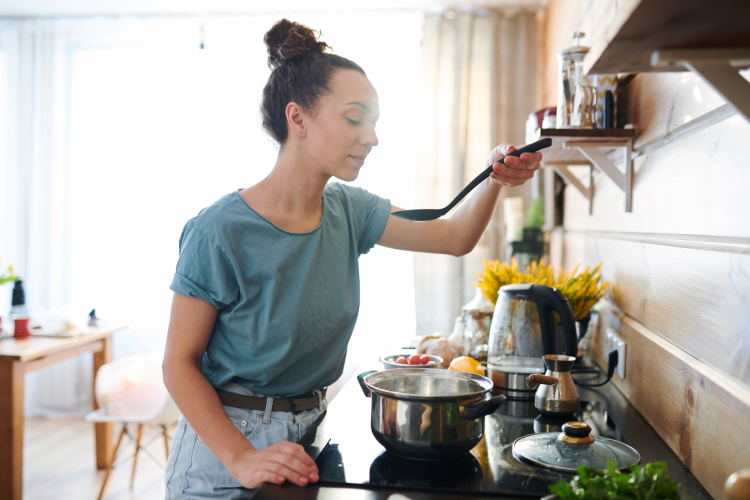
Common Methods: How to Cover a Saucepan Without a Lid
Here are some efficient and innovative ideas on how to cover a saucepan without using a lid:
1. Aluminum Foil
Aluminum foil is an affordable and versatile option for covering a saucepan. Simply tear off a piece large enough to cover the opening. Crimp the edges slightly to create a seal. This method works excellently for retaining steam and keeping temperatures constant.
2. Baking Sheet
A baking sheet can be a great substitute for a saucepan lid. Place the baking sheet over the saucepan, ensuring it fits snugly. This method allows for excellent heat retention while still letting moisture escape, a perfect balance for many dishes.
3. Plate or Large Dish
Using a large plate or a shallow dish is another excellent technique. Place it upside down over the saucepan. This method is not only practical but also can act as an aesthetic presentation if you're serving directly from the pan.
4. Parchment Paper
Parchment paper can be a suitable option, especially for oven-safe pans. Cut a square piece and press it onto the surface of the food. This method allows for moisture retention while avoiding direct contact with heat.

Factors to Consider When Covering a Saucepan
When attempting to cover a saucepan without its dedicated lid, several factors come into play. Consider your dish type, cooking time, and desired moisture level. Below are key aspects to keep in mind:
1. Dish Type
Different dishes have different requirements. If you are cooking a sauce that requires moisture, using aluminum foil or a plate can help retain this. Conversely, for a dish requiring evaporation, such as a stew, a baking sheet may be more suitable.
2. Cooking Time
The duration for which you need to cover the saucepan will influence your choice. Short cooking times may only require a makeshift cover like parchment paper, while longer cooking times might favor the sturdier options like a baking sheet.
3. Heat Distribution
Understanding how heat distributes in a covered saucepan is crucial for achieving even cooking results. Stronger materials away from direct heat will help retain appropriate temperatures.
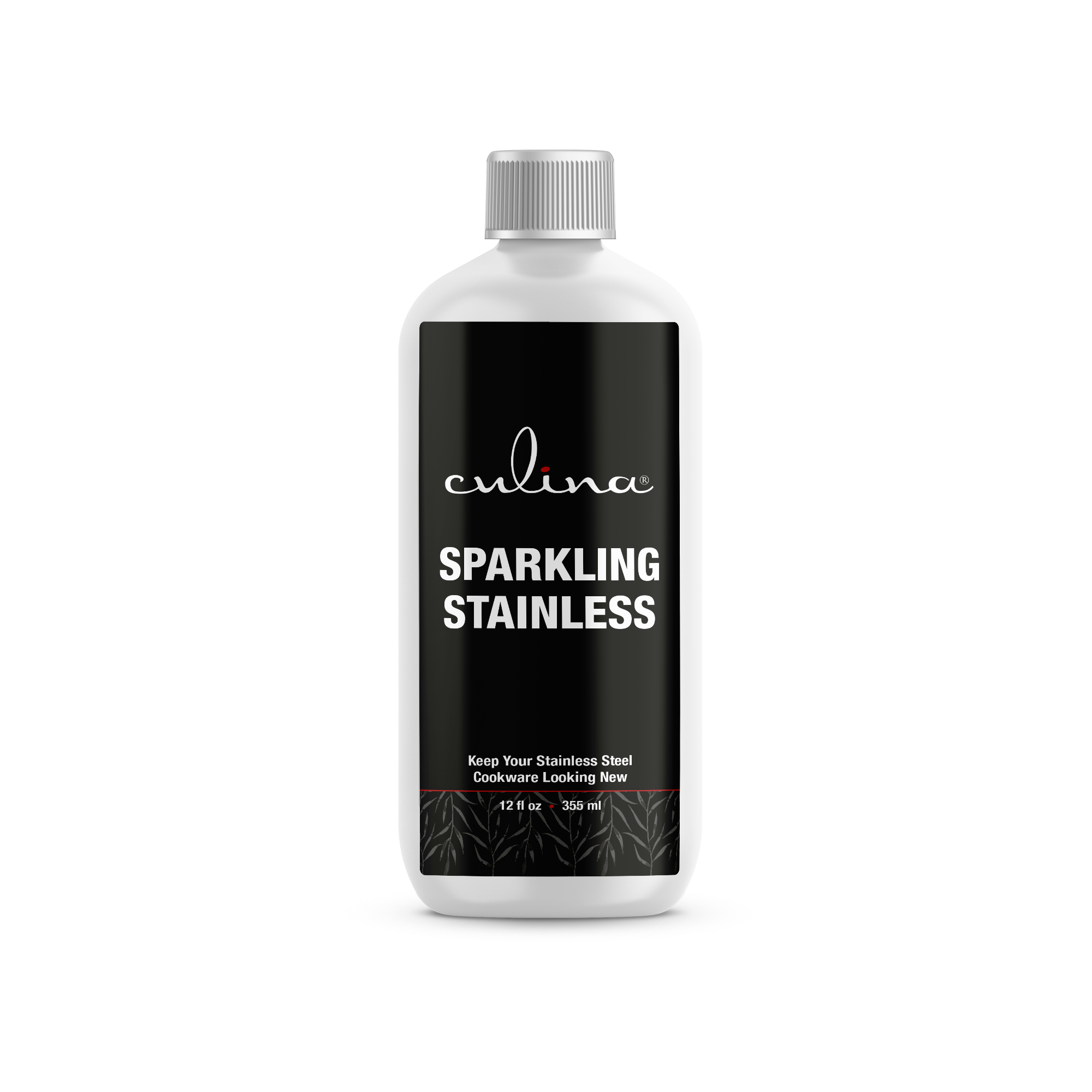
Creative Alternatives for Kitchen Professionals
Being in the culinary field means constantly finding efficient solutions. Here are some additional creative alternatives for covering a saucepan:
1. A Clean Kitchen Towel
A clean kitchen towel can be used to cover a saucepan discreetly. While this technique is useful for keeping heat in, ensure that the towel does not touch the food directly.
2. Large Mixing Bowl
In a pinch, a large mixing bowl can be flipped upside-down over the saucepan. This will serve the dual purpose of sealing in heat and moisture.
3. Invest in Universal Lid
Consider investing in a universal lid that fits multiple pan sizes. This could be a practical solution for professionals who frequently cook without a lid at hand.
FAQs about Covering a Saucepan
1. Can I use plastic wrap to cover a saucepan?
Plastic wrap is not recommended for covering cooking pans due to its low heat tolerance. Instead, opt for alternatives that can withstand higher temperatures.
2. Is it safe to use aluminum foil on the stovetop?
Yes, aluminum foil is safe to use as long as it does not come in direct contact with flames or heating elements.
3. What should I do if I have no substitutive cover?
If you find yourself in a situation without any alternate covering, reduce the heat and monitor your meal closely.
By exploring these creative methods and keeping in mind the various factors that influence the cooking process, you'll have a wealth of effective strategies at your disposal for whenever you need to cover a saucepan without a lid. If you want to learn more about saucepans, check out this resource.
As an Amazon Associate, I earn from qualifying purchases.

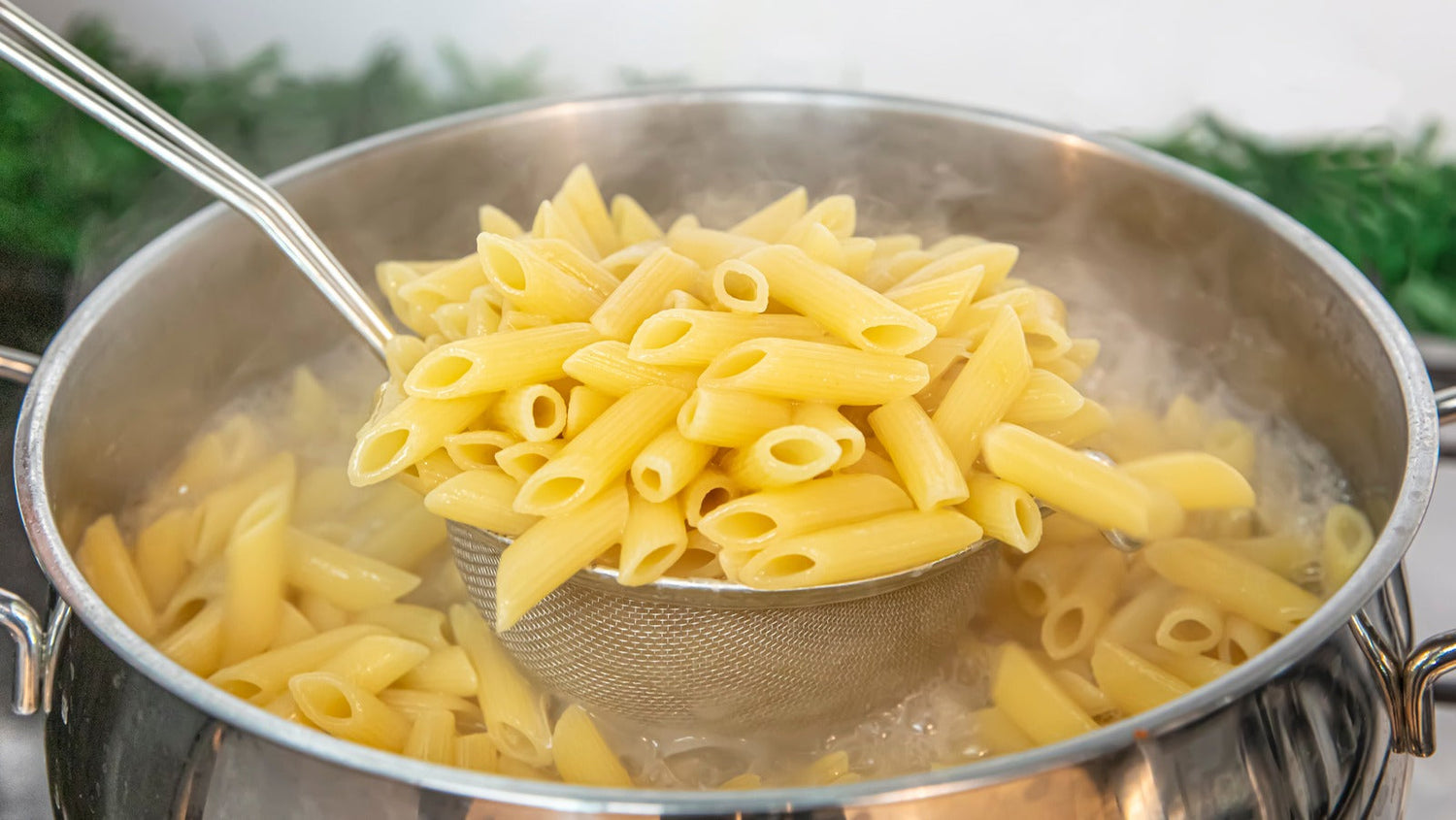


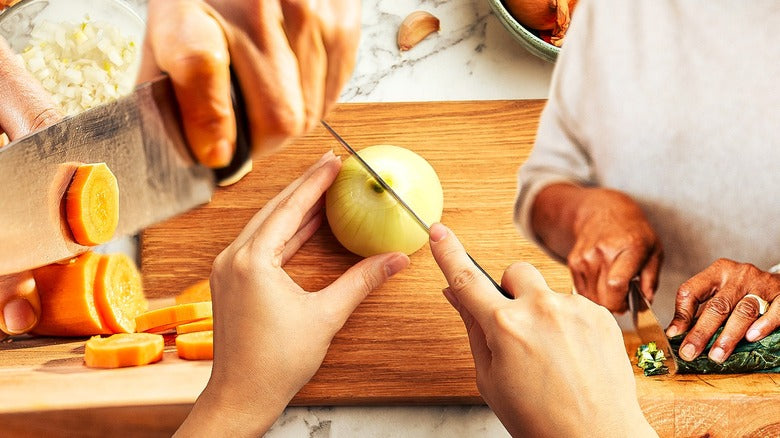
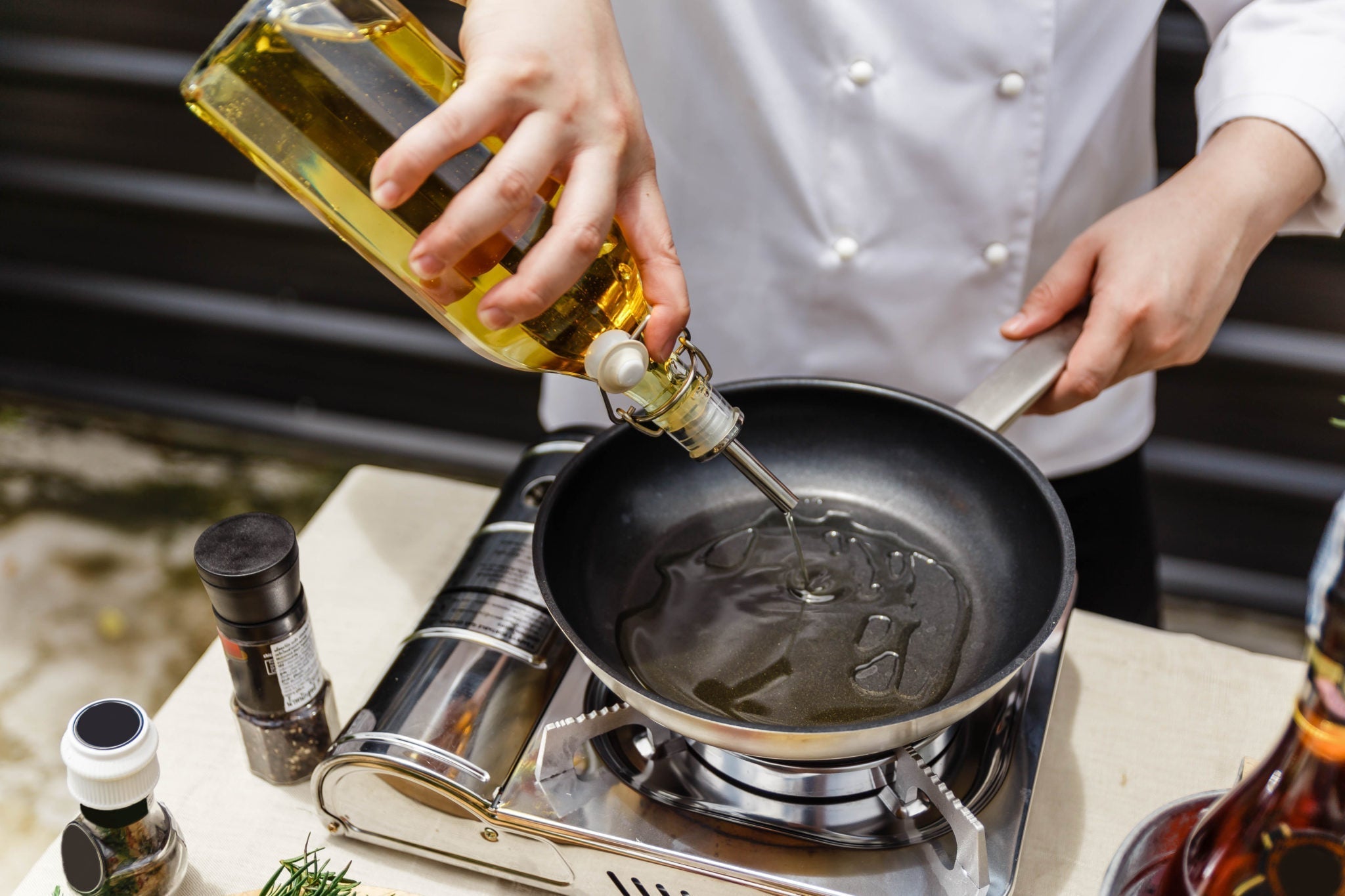
Leave a comment
This site is protected by hCaptcha and the hCaptcha Privacy Policy and Terms of Service apply.